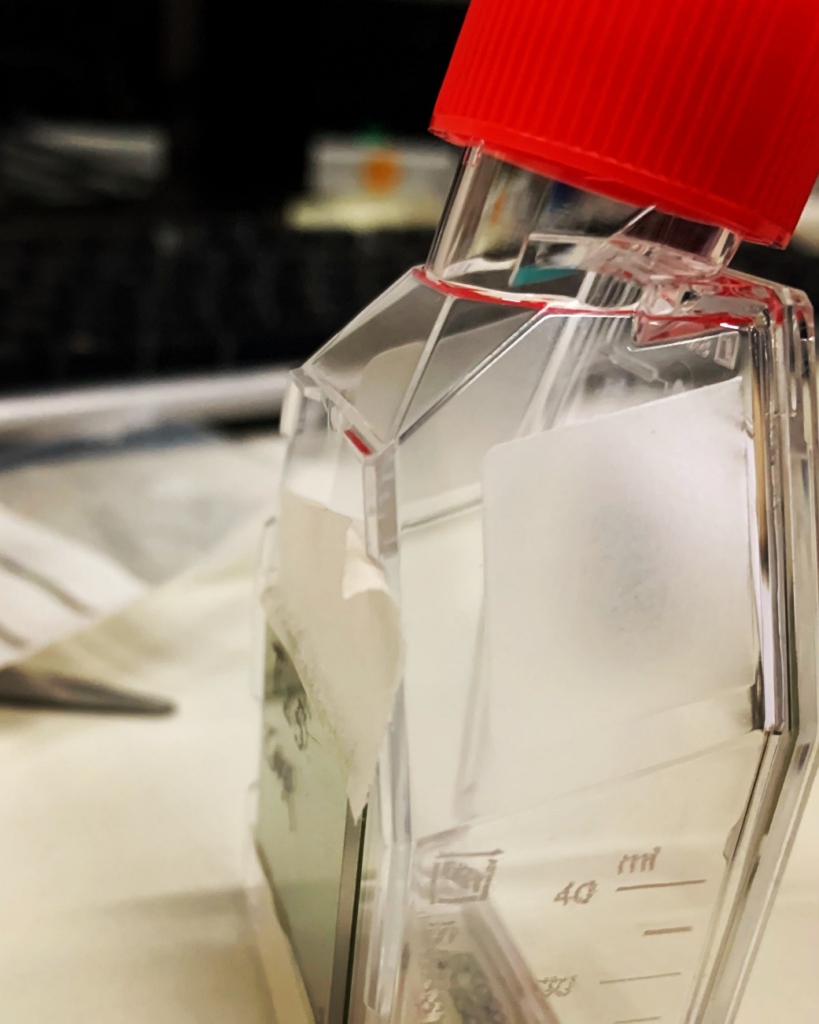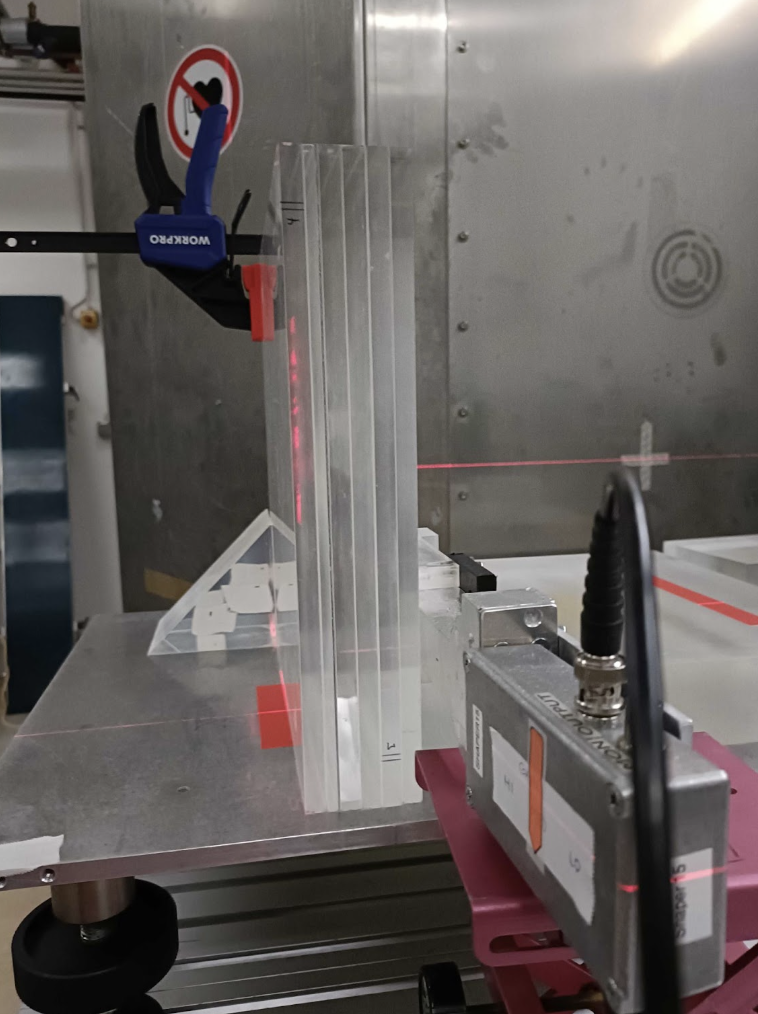Biophysical properties of novel light and heavy ions for hadrontherapy
Local Manager: Claudio Verona; PI: Lorenzo Manti (NA).

BIOHOT aims to provide a comprehensive biophysical characterization of clinical He ion beams, which are emerging as a promising option in particle therapy. Helium ions exhibit physical and radiobiological properties intermediate between those of protons and carbon ions, combining better dose conformity and higher biological effectiveness than protons, with reduced fragmentation compared to heavier ions. Furthermore, O ions are expected to offer even higher therapeutic potential, particularly for the treatment of hypoxic tumors, where conventional therapies are less effective.
Within BIOHOT, all experimental measurements will be carried out at Heidelberg Ion Therapy Center (HIT) using clinical α-particle beams. Radiobiological studies on osteosarcoma and pancreatic cancer cell lines will assess endpoints such as clonogenic survival for RBE estimation, apoptosis for quantifying cell death, γ-H2AX foci formation to evaluate DNA repair efficiency, and migration capacity to explore the potential effects on metastatic behaviour. These biological data will feed into the BIANCA model (BIophysical ANalysis of Cell death and chromosome Aberrations), which uses inputs from photon survival curves and chromosome aberration data to predict cell death and sublethal damage induced by ions. In parallel, microdosimetric spectra acquired experimentally will be used as input for the Microdosimetric Kinetic Model (MKM), enabling a direct correlation between the physical characteristics of He beams and their biological effectiveness.
Through this integrated approach, BIOHOT will provide crucial data to support the clinical validation and optimization of He ion therapy, contributing to its safe and effective implementation in cancer treatment.

Reference:



















































































































